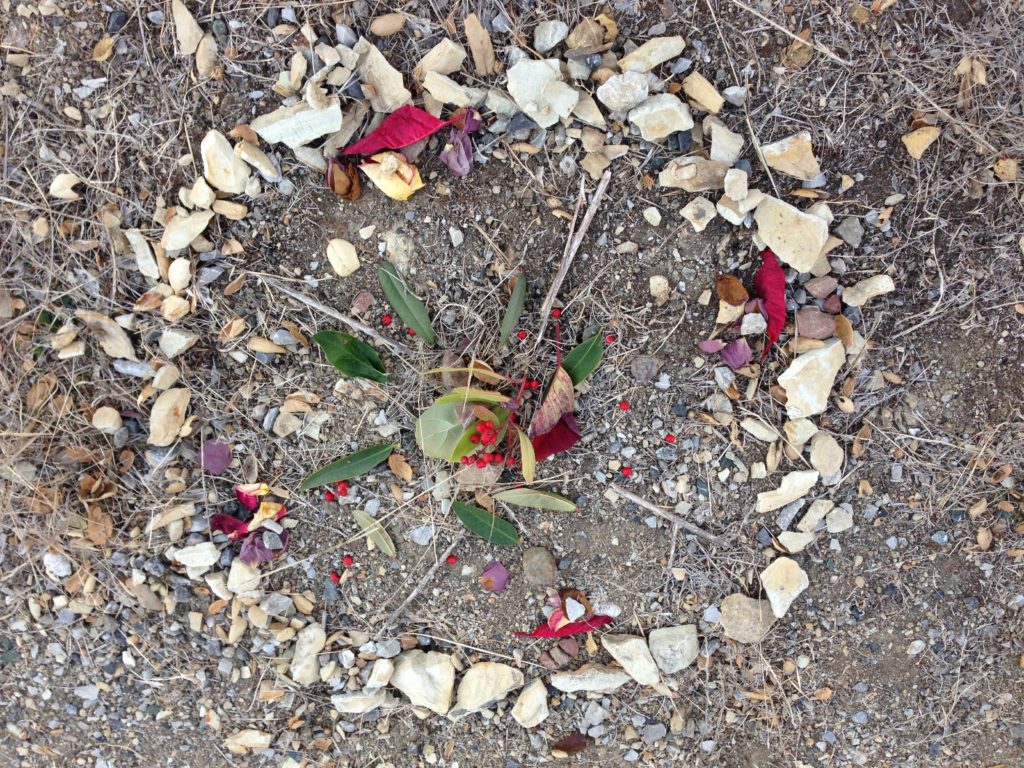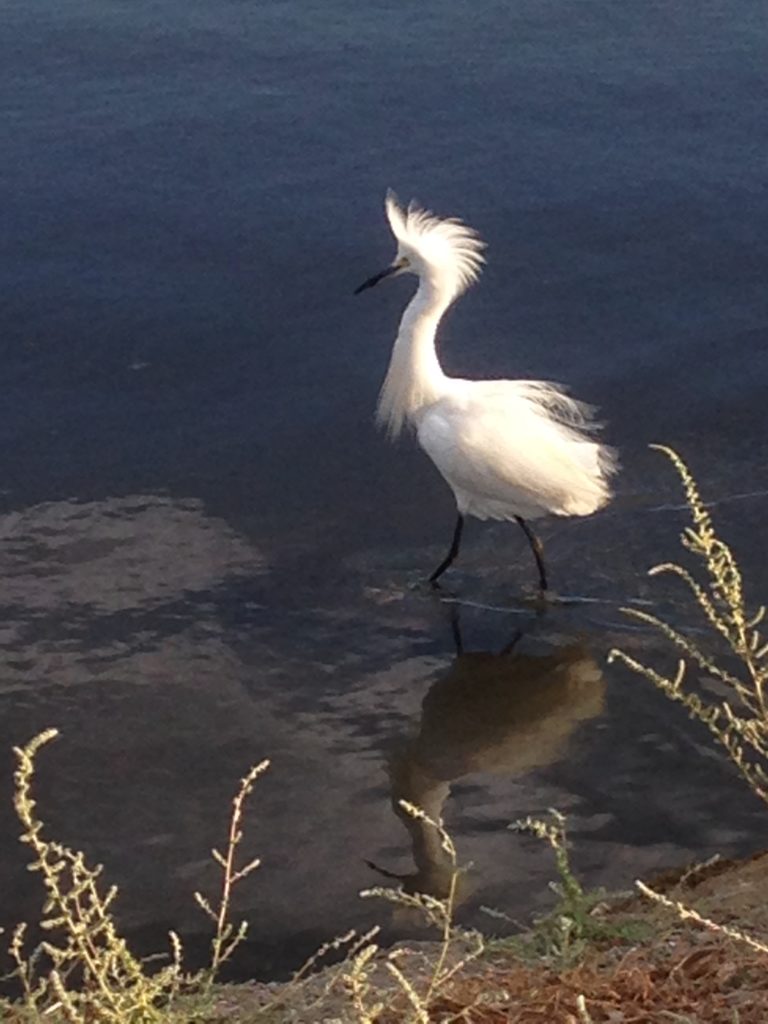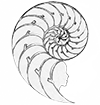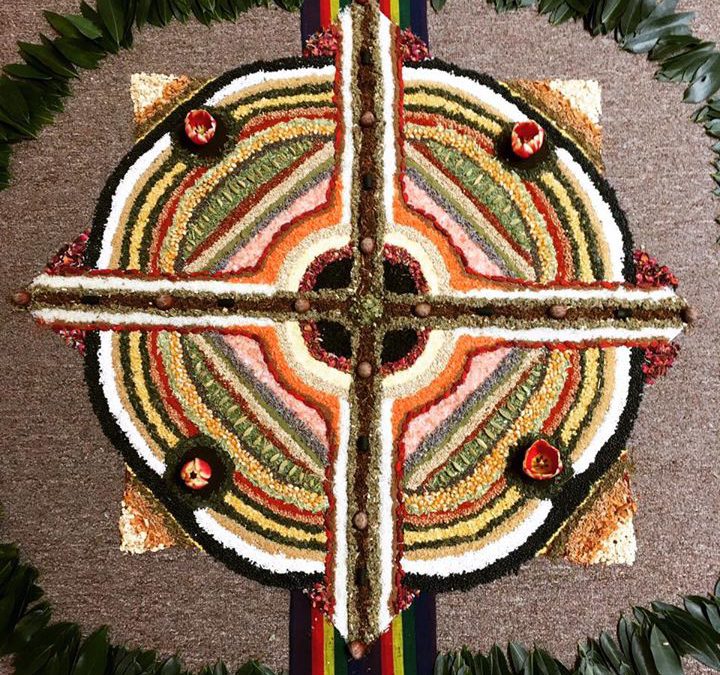I’m so excited to share with you something a little different. Last month I sat down with my friend and colleague Dr. Daniel Foor to discuss his work and recent book Ancestral Medicine: Rituals for Personal and Family Healing. If you are interested in intergenerational trauma, cultural healing and indigenous practice, you will enjoy this discussion. It’s also a way for us to bring spirituality into our conversation.
Why did I want to share this with you and what does that have to do with my work?
We humans are a complete package: mind, body and spirit. Psychology perspectives that only tackle the mind and emotions miss the layers of body experience and our connection to something greater than ourselves. Mind, body and spirit cannot be split apart. What affects one, affects the other and the other. In my work, I support all three levels. First and foremost it’s about relationship (our connection). Before I even meet a client, they’re reading my website and starting to consider whether I am trustworthy. When we meet, we may start to focus on relating experiences and putting them in a new context that includes the nervous system. We start to talk about emotion and how to allow feelings that have been long denied to have access to our awareness , and then to notice them as sensations in our bodies. I often ask about someone’s spiritual beliefs or practices to incorporate as support and resource for the process.
The spiritual support is deeply related to our early relational experiences. If early relationships were hard, and by early I mean in the time before birth through infancy, a person may not have trust in other people. Sometimes this means having trust in spiritual aspects will also be difficult. For others, spirituality might be the comfort they never received from caregivers. Humans are wired for relationship. If we are not getting our needs met from people, we will seek it out from other sources, like institutions, spiritual communities or even our beloved pets. (It’s important to remember my focus is on early trauma and folks who had supportive early environments could have rich spiritual lives or no spiritual belief at all. The difference is it won’t have parallels to feelings of early misattunement for them as it might for people with very early trauma.)
When we are connected to something (or someone) greater than ourselves, we feel a sense of belonging and safety, protection, that we matter and are loved. After you read that line, what came up for you? Read it again and pause. Was there an emotion, like sadness, longing, love, deep agreement? Any sensation of expansion or constriction? It’s a big deal to us as humans. Building a sense of connection to spirit strengthens that connection in your being – in your sense of self, contentment with life, and in your body and health. Build it on the spirit level, it grows on the body level; build it on the body level, it grows on the spirit level – there is no separation.
This connection does not have to come through an institution. Many people find community and fellowship in religious settings. It’s also true that many people have been deeply hurt by these institutions. What I’m talking about here is your direct relationship with spirit, and widening the net of what gets included in this category, based on what resonates with you. Besides traditional spiritual figures like God (or “the Universe”, creative force, etc), various teachers, angels, spirit guides, etc., I’m also including ancestors and what Daniel calls our “other than human relatives,” like animals, trees, plants, the land and more. Connecting with your ancestors and the land does not necessarily require belief or faith. Everyone has ancestors and the land and its magic is visible to anyone watching.There is something for everyone – it’s just a matter of finding what fits for you. Daniel is a great person to introduce you to spiritual concepts that might be new in a non-dogmatic way, which you can use as a primary spiritual practice or to add to your beliefs as you see fit.
So what is Daniel’s work?
First, I think it’s helpful to know he comes from an animist perspective. This means that all living things, even those who are not in human form, have lives, preferences and their own unique experiences. Think animals, trees and the land. He says that this belief is present today in many cultures, and is a human birthright that we have lost that causes suffering because of our disconnection.
He also comes from the perspective that our ancestors are alive, though not in a body, and can be connected with to support our healing. In his experience, not all ancestors are wise and loving, but often further back in our lineage we can all find ancestors who can support us.

This is an offering my partner and I made a few years ago in a local spot that we visit regularly. It’s a way of connecting to the place and its inhabitants by saying, “we’ve brought you something, we’re greeting you and we’re here to honor you and listen,” much like you might do with any wise teacher you would approach.
You may read those last two paragraphs and feel a resounding “Yes!” in your spirit. For those of you who feel skeptical, I get it. It took time for me to appreciate some aspects of this work. What helped me? For one, I stayed curious – I liked the concept even if it only felt theoretical. Later, I met my partner who has a life-long fully embodied relationship with nature and helped me see this connection in a lived expression. After so many years together with my partner, what Daniel says feels like, “yes, of course!”
How can this help?
Reconnecting with nature and our ancestors can be a way of tapping into a powerful resource. From Daniel’s perspective, using the techniques in his book can be a way to connect with people who love you and have your back. They may not be the recent generations you knew by name, but people further back who want you to succeed and be happy. People with developmental trauma may never have felt deeply supported by others, especially relatives. Daniel says it’s possible to restore a healthy connection with ancestors, often by creating a boundary around more recent relatives who were harmful and recruiting older, wiser and healthier ancestors for support.
One step at a time
If connecting with other humans has been tricky and problematic, it can be difficult to trust the idea that there are ancestors in your past who are willing to help. I address this question directly with Daniel in the interview. This is a primary goal in healing developmental trauma: feeling safe and loved with another person. If that is too triggering, Daniel suggests that focusing first on the natural world can be a perhaps less challenging way to start to feel that kind of connection.

Before I met my partner, if I went out in nature at all, it was very disconnected. Exercise. Pretty views. Now with him, when we walk, he points out “the creatures” (birds and animals) and notes details about the landscape that puts it in time, like “the bay trees are starting to bloom – that seems really early for them.”
Practice makes progress
If you’re interested in connecting with your ancestors and cultivating the healing benefits, it comes down to practice. Dive in. Find something you can do, and do it regularly. An easy one is paying attention to animals. Our culture has a tendency to humanize and in some cases infantilize animals. Sit and watch the birds outside your window. Get curious about their lives and what they’re doing. Wonder about the dogs you see or the cats and see their wild nature through the domestication. Treat them with respect as individuals and imagine how we might interact differently if we didn’t imagine they were human (or our “babies”).
Like-kind
Do you already have a spiritual connection through religion, nature or other practices? When you spend time in your practice, pay attention to any moments in which you feel connected. What does that feel like? Peace? Lightness? Get curious about the feeling and stay with it as long as you can (a few seconds or minutes is sufficient). This is the feeling you’re trying to cultivate with ancestors to support ancestral healing and the same skills we’re building to support healing in the nervous system.
Here are two short clips if you want to get a taste of this work. If you’re intrigued, jump to the full one hour video here.
This is a complex and multi-faceted subject and this just a brief introduction. If it speaks to you, keep going! You’re the only one who knows what is right for your journey. Follow your interest – it might lead you someplace unexpected and really healing.
Blessings on your healing journey,
Brandy


